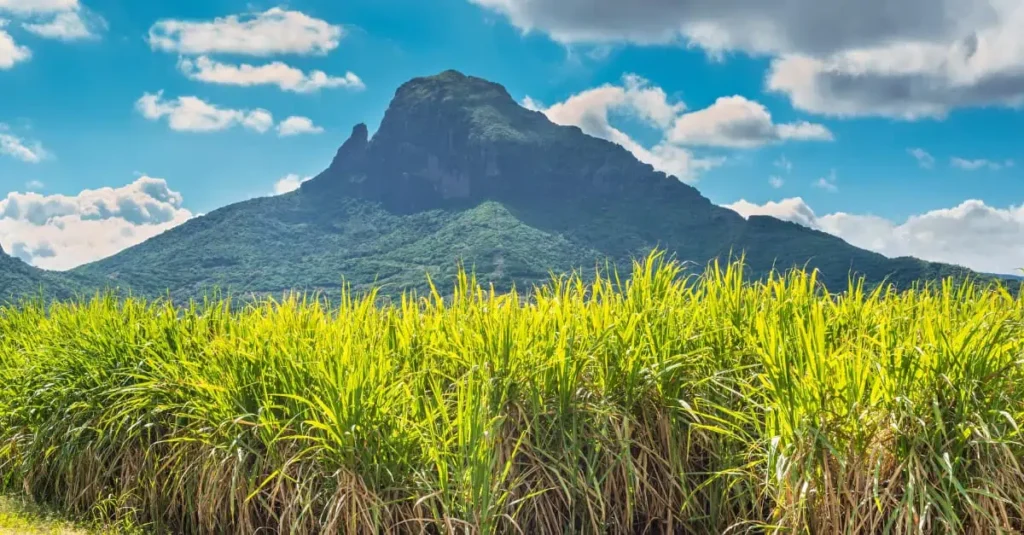Food & Climate
The benchmark for world food prices saw its fastest increase in 18 months in September, hitting by climate change disasters all over the world.
With quotations up for all covered commodity groups, led by sugar, the Food and Agriculture Organization of the United Nations (FAO) reported Friday, according a statement that “Food & Climate” platform received .
The FAO Food Price Index, which tracks monthly changes in the international prices of a set of globally-traded food commodities, averaged 124.4 points in September, up 3.0 percent from August and 2.1 percent higher than its corresponding value a year earlier.
FAO Sugar Price Index
The FAO Sugar Price Index registered the largest increase in September, rising by 10.4 percent. This was driven by worsening crop prospects in Brazil and concerns that India’s decision to lift restrictions on sugarcane use for ethanol production may affect export availabilities from the country.
On Thursday, September 26, NY sugar posted a 7-month high. Drought conditions in Brazil have reduced the country’s sugar production prospects and have pushed sugar prices sharply over the past two weeks. On September 20, Rabobank cut its 2024/25 Brazil sugar production forecast to 39.3 MMT from a previous forecast of 40.3 MMT, citing excessive dryness, according to “Nasdaq”.
But Sugar prices Wednesday gave up an early advance and closed moderately lower on forecasts for beneficial rain in Brazil, which eased drought concerns and sparked long liquidation in sugar futures. The Commodity Weather Group’s six to ten-day forecast calls for widespread showers in Brazil.

Drought and excessive heat have caused recent fires in Brazil that damaged sugar crops in Brazil’s top sugar-producing state of Sao Paulo. Sugar cane industry group Orplana said that as many as 2,000 fire outbreaks affected up to 80,000 hectares of planted sugarcane in Sao Paulo. Green Pool Commodity Specialists said that as much as 5 MMT of sugar cane may have been lost due to the fires.
Optimism that above-average monsoon rains in India will lead to a bumper sugar crop is bearish for sugar prices. The Indian Meteorological Department reported Monday that India received 934.8 mm of rain during the current monsoon season as of September 30, the most in four years and 7.6% more than the comparable long-term average of 868.6 mm. India’s monsoon season runs from June through September.
Also undercutting sugar prices was last Friday’s action by researcher StoneX to raise its global 2024/25 sugar surplus estimate to 2.0 MMT from a July estimate of 1.2 MMT, citing an improved production outlook in India and Thailand. Also, increased sugar production in Brazil is bearish for prices. Unica reported last Friday that Center-South sugar production in the 2024/25 season through mid-September is up +3.6% y/y at 30.327 MMT.
FAO Cereal Price Index
The FAO Cereal Price Index increased by 3.0 percent during the month, led by higher wheat and maize export prices. International wheat prices increased due largely to concerns over excessively wet conditions in Canada and the European Union, though this was partly offset by competitively priced supplies from the Black Sea region.
Since May Candian farmers have been battling to get their crops in the ground across many parts of the Prairies as heavy rains continue to thump eastern cropping districts, and a continuation of last year’s drought conditions delays the planting program in the western regions, according to “grain central”.
World maize prices also climbed, influenced by low water levels on key transportation routes along the Madeira River in Brazil and the Mississippi River in the United States of America.
By contrast, the FAO All Rice Price Index declined by 0.7 percent, partly reflecting generally quiet trading activities.

The FAO Vegetable Oil Price Index increased by 4.6 percent from August, with higher quotations across the board for palm, soy, sunflower and rapeseed oils. The rise in international palm oil prices was due to lower-than-expected production in major Southeast Asian producing countries, while the rebound in soyoil quotations was primarily due to lower-than-expected crushings in the United States of America.

